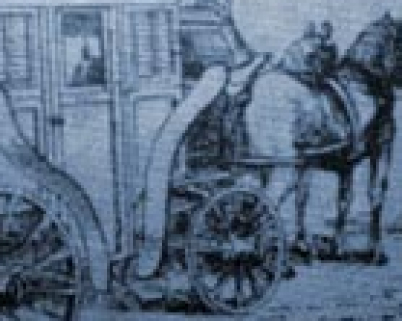Glorious Past

The history of the present structure of policing in Kolkata goes back to the colonial times, when the city was known as “Calcutta“, and was a fledging settlement of the British East India Company. Kolkata (Calcutta) is regarded to have been founded by an English Merchant Job Charnock, but this has no authentic corroboration. Job Charnock, who was the key functionary of the East India Company, had anchored his boat “Maddapollam” at a village called Sutanuti on the eastern banks of the river Hooghly, in 1690 A.D. East India Co. then bought three villages Sutanuti, Kalikata and Gobindapur from local landlord Sabarna Roy Chowdhury. This formed the nucleus of a fortified military settlement which in 1696 A.D. (3 years after Charnock’s death) became a prime location for the East India Company’s operations in Bengal.

Policing in Calcutta’s earliest days was confined to the Mughal administration and their local representatives. Bengal was still technically a part of the Mughal Empire although the Nawabs of Bengal, based in Murshidabad, in North Bengal, were its virtual rulers. The Watch and Ward functions were entrusted to a “Kotwal” or town prefect who had 45 peons under him, armed with traditional weapons like staves and spears, to deal with miscreants.
In 1720, the East India Company formally appointed an officer to be in charge of civil and criminal administration. He was assisted by an Indian functionary commonly known as “black deputy” or “black zamindar“. Under him were three naib-dewans, one of whom was in charge of the police. The settlement was divided into “thanas” (Police stations) under “thanadars” who had in turn contingents of “naiks” and “paiks“. A small contingent of river police was also formed.
